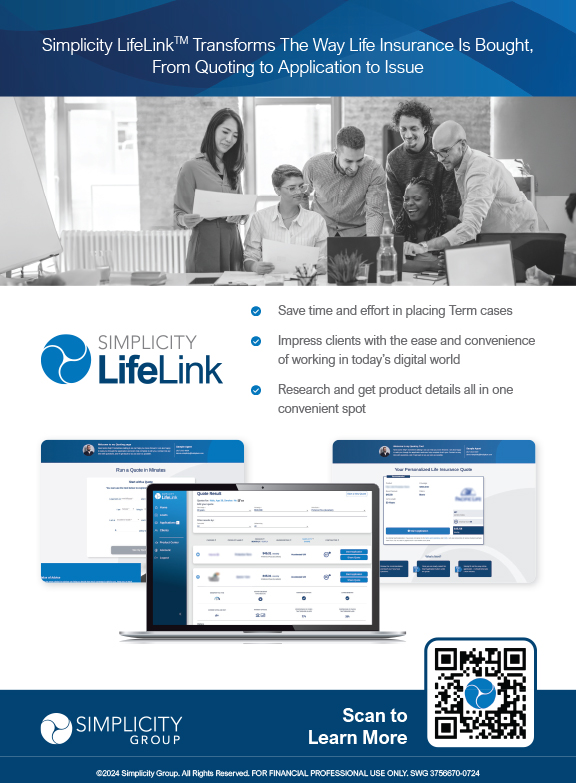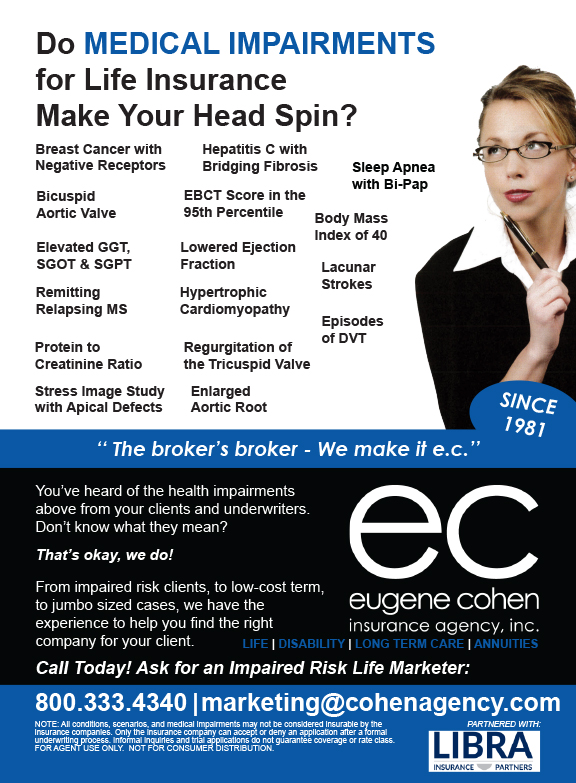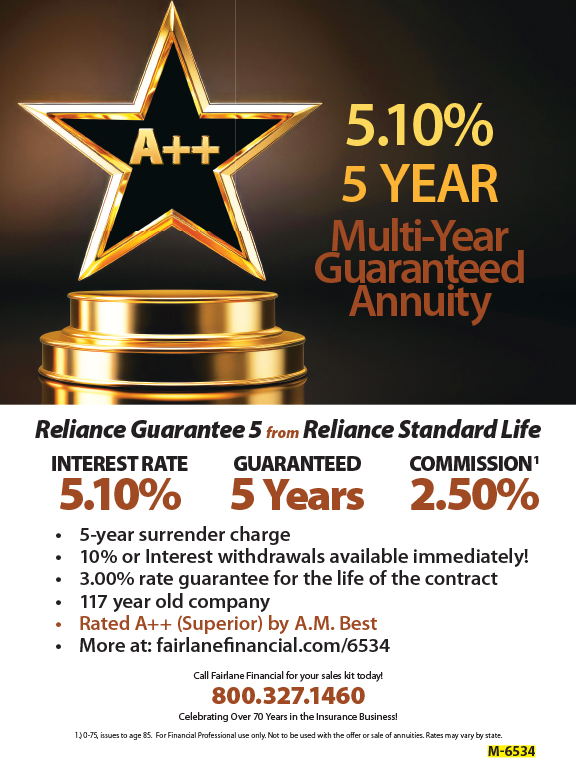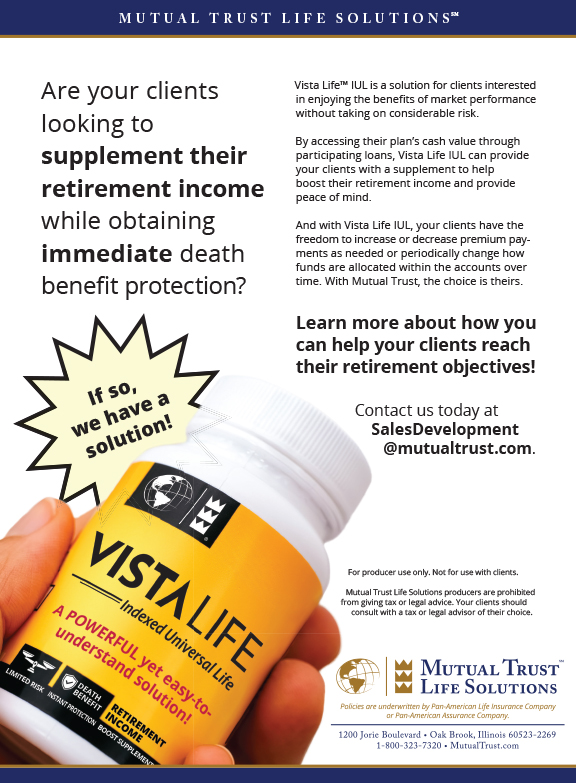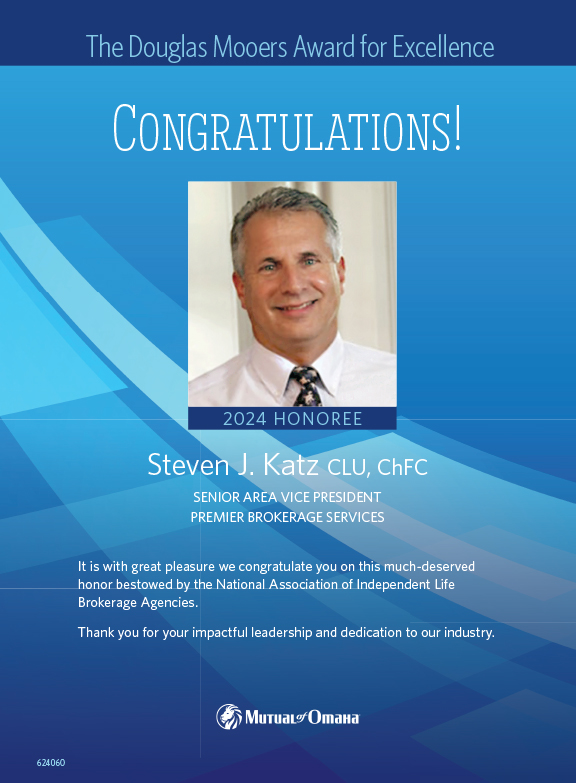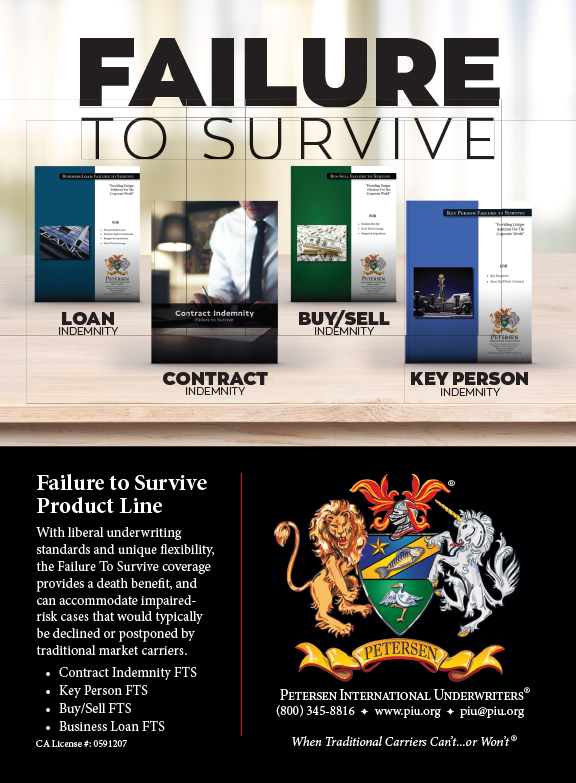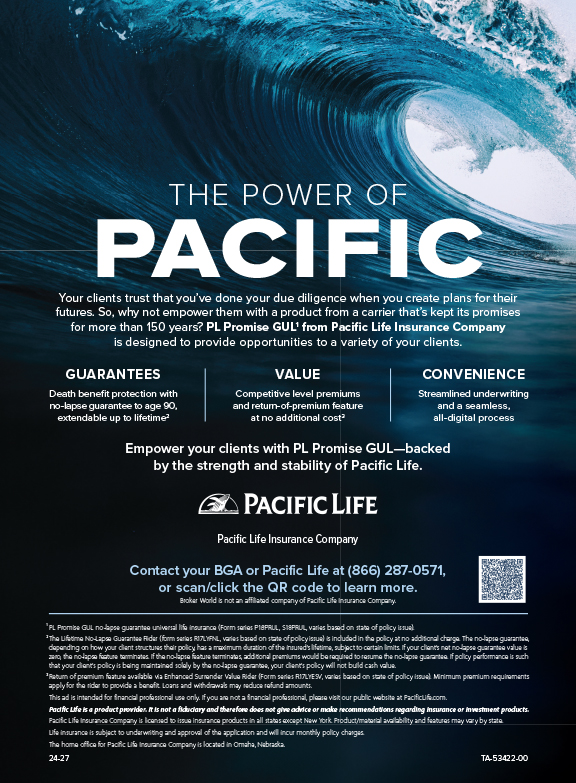In my last article (March 2012), I wrote about how a system for working generic leads can make a huge difference in your practice. Thanks to all of you who contacted me about the particulars. If you read the article, you saw that there are many pieces to the system that will contribute to a successful direct marketing strategy.
In this article, I would like to address perhaps the most critical component and arguably the hardest one to deal with. My guess is that many of you who read this might feel a bit offended by some of what I am going to say, but the truth is, I learned this lesson the hard way and I can’t even begin to estimate the number of sales that I lost because of it. So here goes!
We’ve all heard that the “man (or the woman) in the mirror” doesn’t lie. When we look deeply into ourselves for the reasons that contribute to our success or failure, we often come to a startling and perhaps sometimes embarrassing conclusion. As much as we want to blame someone or something other than ourselves when we are failing (the economy, the competition, the political environment, our spouse, the weather, the products we sell—I’ve used them all!) that just isn’t the problem. When we make an honest assessment of our work habits and our true commitment to success, the conclusion we will always come to is this: I am responsible.
Brian Tracey, to whom I owe a great debt of gratitude for helping me learn this most important concept in life, talks about this in almost every one of his books, tapes and CDs on success. Many great stories of successful people are rooted in the simple truth that until they accepted the fact that they were 100 percent responsible for their success, nothing changed to improve their lives. This is true in every aspect of our life, but none more so than in the profession of selling. Oh, and by the way, everyone sells!
Lee Dubois, the famous sales coach from Alabama, published a book many years ago with the title Everyone Sells, and I read it again from time to time to remind me that in one way or another—no matter what profession we are in—everyone sells something!
Brian Tracey also taught me that selling is a profession like any other—and a most honorable one at that. It can be taught, it can be learned, and it can be mastered. For those of us who choose to think that way, the sky is the limit! For us in the financial services industry—especially advisors—the greatest challenge that most of us face every day is to find someone to whom we can tell our story. We need prospects.
As I stated in my March article, I have found that direct mail marketing meets all of the critical criteria for keeping me in front of prospects on a regular basis. Interestingly enough, many of the calls and emails I received after the March article were questions: Which mailer do I use? What is my response rate? Who do I mail to? Here is the bottom line.
You cannot measure the success of a direct mail campaign based upon how many leads you received or the number of appointments you booked.
You must measure the success of a program by revenue versus expense. That’s the only measure that counts.
In my practice, we know that direct mail costs us less than 7 percent of revenue. So to make a dollar, we need to spend seven cents. This return on investment (ROI) is what motivates us to do more and more direct mail!
While response rates and the type of mailer are important parts of the system, the most important part is your commitment to working a system and religiously keeping 100 percent accurate and honest records of your activity when you start a direct mail marketing campaign.
You must not lie to yourself about any part of this key process, and you must be willing to learn where you need improvement, working on that part of your system until you get it right and persevering with determination in order to succeed in direct mail marketing.
It is of no use to you or anyone else if you can’t answer the following questions with 100 percent accuracy:
1. How many leads did I receive from my mailing and what happened with each and every one of them?
2. How many dials did I make to contact my leads?
3. How many real contacts did I make?
A real contact is defined as when you speak with the person who has authority to grant an appointment and only when you speak with that person. If you call Mr. Jones but Mrs. Jones answers the phone and says you will have to speak to Mr. Jones, then that is not a contact!
4. How many appointments did I schedule?
5. How many appointments were actually kept?
6. How many real presentations did I make?
A real presentation is defined as being one where you have presented your planning process to the client, shared at least one valuable idea, and asked for feedback on what you have just shared to see if you are on the right path. This lets you know whether you have earned the right to ask for a second meeting.
Personally, I use a “preliminary” presentation when I deliver the free information and then I move to a more substantive discussion using my presentation book. (More on this in my next article.)
7. How many second appointments did I schedule?
8. How many times did I ask for the business?
9. How many sales did I close?
When you are truly honest with yourself about your actual activity, you will discover that the reasons for your success are 100 percent in your control—if you make the commitment to follow up on each lead properly and work your system the right way—and the same way each and every time.
You will also realize that you aren’t really calling that many people and you aren’t really speaking to that many people compared to what you used to believe. For example, if you make 20 dials, it can feel like 50. The reward is that when you keep very accurate records, you come to that realization, gaining a sense of peace and purpose.
You will begin to understand that the reality is what gets measured accurately can be incrementally improved and, when that happens, suddenly you are in control of your future! Here’s an example.
Let’s suppose that your results show that when you dial the phone, you contact 20 percent of those you dial (you should also track the dates and times of all of your phone sessions so that you know the best times that you are able to reach prospects). Let’s suppose that you always call on Thursday afternoons, and you conclude that your one-to-five ratio is too low to be successful. However, you also notice that you are scheduling appointments with 25 percent of the people to whom you speak.
What is more important, improving your closing ratio or your contact ratio? While both are important, if you can find a time where you can speak with twice the number of people, yet have the same number of dials, then finding the right time is your first order of business. You’ve just doubled your productivity. I find that most mornings before 10:30 am and Saturday mornings work very well.
Once you double the number of people you contact, then a small improvement in your appointment closing ratio can have a major positive impact on your results. If 20 contacts give you 4 appointments with a 25 percent appointment closing ratio, then 40 contacts with a 30 percent appointment closing ratio will give you 12 appointments, not 10! In other words, a 20 percent improvement on your appointment closing ratio will improve your appointment ratio by the exact same number.
However, if you give yourself twice the opportunities by contacting twice the number of people, the overall impact is a 300 percent increase in overall productivity! Two more appointments per week can mean the difference between a good year and a great year. That’s 90 more appointments per year in a 45-work-week cycle. If you close 25 percent of the people you see, that’s 18 additional sales.
For years I have known that I will reach 40 percent of the people I dial. This year the exact number is 40.5 percent. If I make 100 dials, I will contact 40 or 41 people with decision-making authority. I also know that I will book appointments with 43 percent of them (actually 43.9 percent so far this year). If I want to schedule 10 appointments, I simply work the numbers backward. Ten divided by 43 percent equals 23 contacts. If I want to contact 23 people, I will have to make 57 dials (23 divided by 40.5 percent).
There are ways that I can improve upon the numbers. For example, if I start by calling people with whom I have had a prior conversation and they have asked me to call them at a later date, I will start there. By scheduling my calling time as if scheduling an appointment and sticking to it, my commitment success is the same as if I were seeing a prospect during that same time period.
Having the same process for contacting the same kind of lead card and saying the same things that have worked with most prospects means that my results will become very predictable and that reduces the anxiety level (which, to be honest, I still have before that first call).
It all starts with having that honest conversation with the person in the mirror: What is your commitment to success? Be honest. Your activity will tell you what it is. If you lie about your activity to yourself, then you are lying about your commitment. I know, because I’ve been there. Numbers don’t lie.
I believe that there is a tremendous opportunity for advisors to improve their results, but only when they really know from where they are starting. It takes discipline and determination to measure every aspect of your business. The only immeasurable reward you will receive from creating and following a specific prospecting process is the realization and confidence that you are running a successful business.
Once you have developed your system and know that your plan is working by every measure, you have created a sustainable competitive advantage for your practice that makes all the difference in the world. Imagine the day that you look in the mirror and you finally know with certainty that you are honestly on track. Measure that reward, because now you can!
In my next article I will get into the nitty-gritty about the first interview with folks in my target market. Good luck and good selling!








